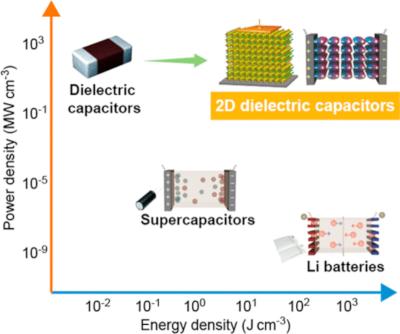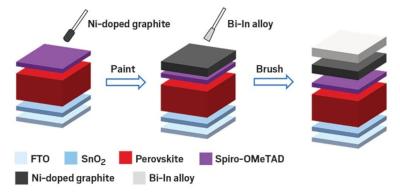Researchers use lead-free anti-perovskite nanocrystals for tunable emission and ultrastable X-ray imaging
Researchers from China's Zhejiang University and South China University of Technology have developed transparent glassy composites based on lead-free anti-perovskites in a novel approach that could revolutionize X-ray imaging.
There is a high demand for high-resolution and ultrastable X-ray imaging methods in various fields, like material inspection, medical diagnostics, astronomical discovery, and scientific research. This demand has ignited a vigorous pursuit of innovative X-ray-responsive materials that must possess exceptional qualities such as high X-ray attenuation, efficient scintillation, rapid light decay, and robust durability. Among them, lead-halide-based perovskites have emerged as a compelling contender due to their remarkable luminescence efficiency, superior X-ray attenuation capabilities, and short fluorescence lifetimes. However, their application in the scintillation field is hindered by the toxicity of heavy metal lead (Pb), low photon yield caused by self-absorption effects, and poor X-ray irradiation stability.










